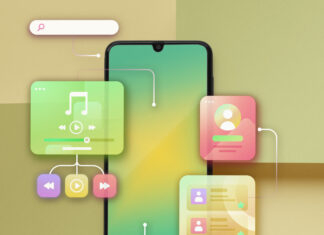When you purchase through links on our site, we may earn an affiliate commission. This doesn’t affect our editorial independence.
EU Enforces Mandatory USB-C Standard for Portable Electronic Devices. The European Union (EU) has begun enforcing a mandatory USB-C standard for small and medium-sized portable electronic devices, effective immediately. This move aims to streamline charging and data transfer processes, making it more convenient for consumers.
Universal Charging Solution
As of now, all new smartphones, tablets, cameras,headphones, and video game consoles sold within the 27-country EU bloc must be compatible with USB-C ports. This means that a single USB-C charger will be sufficient for all these devices, eliminating the need for multiple chargers.
Exemptions and Future Compliance
Laptops are exempt from this regulation until April 28, 2026. This temporary reprieve allows laptop manufacturers to adapt to the new standard. The EU had given device makers two years to comply with the regulation, which was passed by the European Parliament in October 2022.
Apple’s Reluctant Adoption of USB-C
Apple, a long-time proponent of its proprietary Lightning charging ports, had initially resisted the EU’s push for a universal USB-C standard. However, after losing the battle, Apple’s SVP of Marketing, Greg Joswiak, acknowledged that the company had “no choice” but to adopt USB-C more widely. This led to the introduction of USB-C in Apple’s iPhone 15 lineup.
Compliance and Consequences
To comply with the EU regulation, Apple has removed the iPhone 14, iPhone 14 Plus, and third-generation iPhone SE from its EU online store. This move demonstrates the EU’s commitment to enforcing the USB-C standard and ensuring a uniform charging solution for consumers.
Global Implications
The EU’s mandatory USB-C standard is not an isolated development. India and California are set to enforce similar rules in 2025 and 2026, respectively. As the world moves towards a universal charging solution, consumers can expect a more streamlined and convenient experience.







